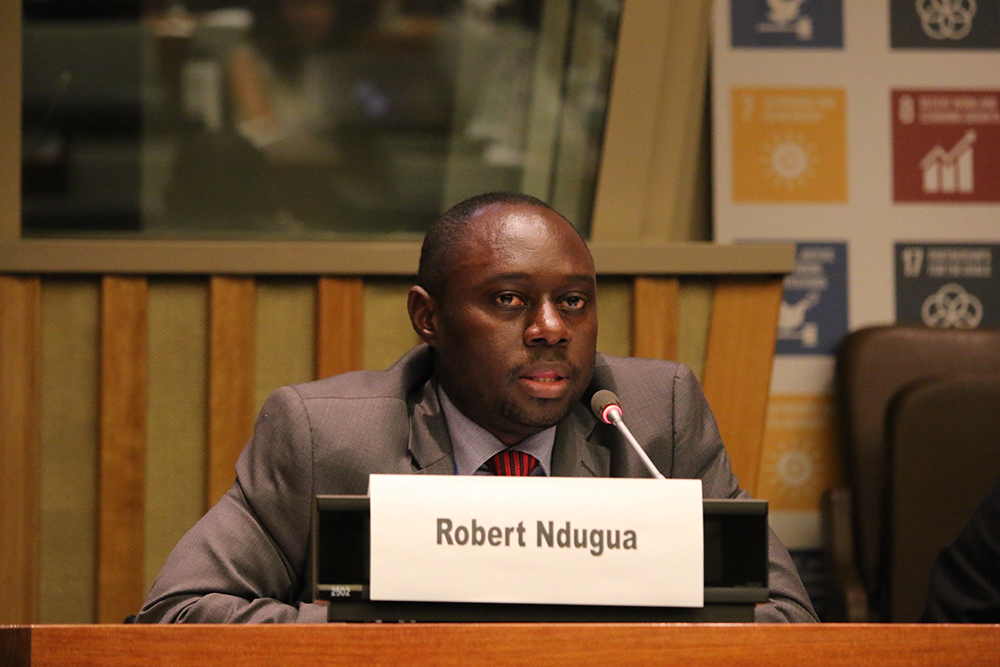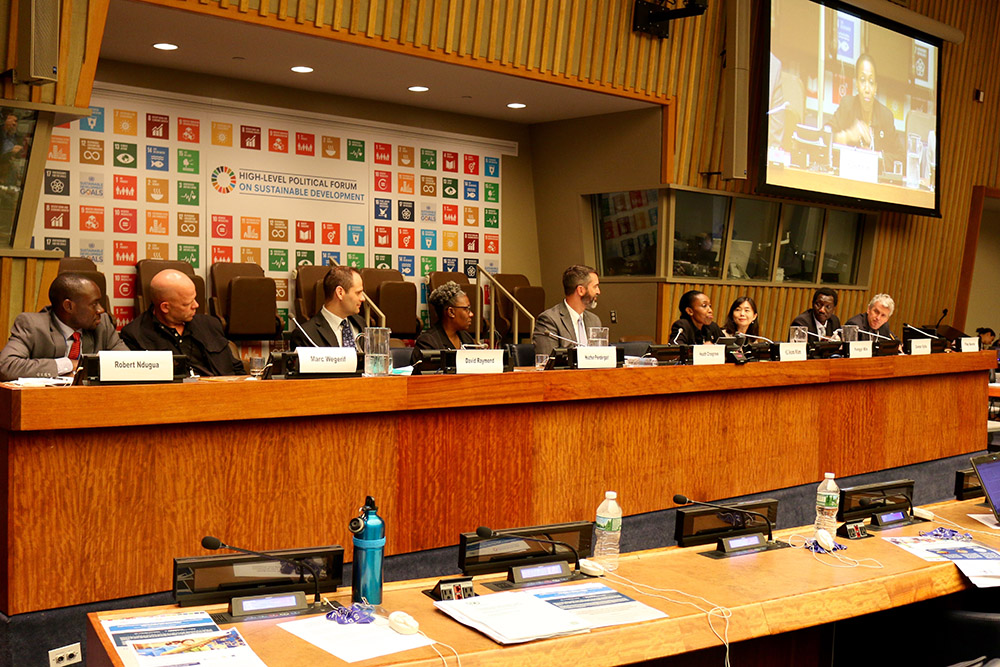The successes of the Global Land Indicators Initiative (GLII) to date are worth celebrating. Today, we recognize the efforts of partners from every corner of the world, who through their perpetual optimism, have brought us many steps closer to making data collection and reporting on tenure security globally comparable.
As the final tweaks are made towards satisfying the UN Statistical Commission’s metadata requirements on concepts, definitions, methodology, data sources and availability, providers, and compliers, we should all be mindful of the significance of Manama 2017, but not overwhelmed by the occasion.
The momentum generated around the land indicators process over the last five years, has been remarkable to say the least, and is hinged on the collective efforts of individuals representing more than 50 institutions from across the globe, including UN Agencies, Inter-Governmental and Civil Society Organizations, Academic and Research Institutions.
So as the custodian agencies for the various land indicators present their cases at the 6th Meeting of the Inter-agency and Expert Group on the Sustainable Development Goals Indicators (IAEG-SDGs) – November 11-14, 2017 in the Bahrainian capital – they will do so cognizant of the moral support of many.
The Role of National Partners
The adoption of the global indicator framework at the 47th Session of the United Nations Statistical Commission (UNSC) in March 2016, reinforced a new focus on globally comparable data as a driver in the sustainable development process – hence the importance of the Commission’s directive that national statistical offices (NSOs) “…play the leading role in the development of the indicator framework to ensure national ownership”.

Heather Prendergast of the Statistical Institute of Jamaica represented NSOs on the panel of the UN HLPF Side Event on Monitoring Tenure Security in the SDGs
GLII has from inception recognized the central role of NSOs in monitoring progress on tenure security and its impact on local communities. Consequently, this has been a resounding theme in numerous GLII forums and expert group meetings over the years.
The rationale behind the prescribed role of NSOs is perhaps best revealed in their distinctive institutional placement within and alongside some of the most preeminent Government ministries and national authorities.
Their roles as national coordinators of statistical activities and custodians of national statistical standards – spanning many sectors, industries, and a range of thematic areas – have given them a certain measure of convening power within government, or at least the ability to influence major national decisions on resource allocation and mobilization.
It is with these and other important considerations in mind, that GLII continues to work closely with NSOs on meeting the UNSC’s metadata requirements.
Recognizing the many challenges faced by NSOs across the developing world, GLII has demonstrated its commitment to exploring all options for improving the coordination and reporting capacity of NSOs, and their awareness of the prescribed theoretical and applied statistics behind monitoring progress on tenure security.
The role of NSOs in implementing the land indicators in-country cannot and should not be underemphasized. Today, we are encouraged to acknowledge the technical expertise, inter-ministerial and cross-sectoral influence of these national bodies – recognizing that with the technical, financial and moral support of GLII partners, they will be better positioned to serve the global land rights agenda (the pursuit of secure tenure for all) in unprecedented ways.
The Road to Manama – Momentum and Focus Needed
Once finalized, the land indicators will serve as an essential tool for monitoring progress on the implementation of the UN Food and Agricultural Organization’s (FAO) Voluntary Guidelines on the Responsible Governance of Tenure of Land, Fisheries and Forests (VGGTs), and the African Union’s Framework and Guidelines on Land Policy in Africa (F&Gs).
More broadly, the land indicators will serve as a check on the performance of national governments and local authorities in facilitating and preserving the real property rights of the poor.
Ongoing consultations with NSOs – as discussed above – will therefore be critical to addressing specific limitations in data collection and monitoring, and for consensus on robust, coherent, and complementary proxies for monitoring tenure security.
The pilots on the proposed methodology in selected cities, are also expected to inform proposals for addressing issues related to cost, quality control, data gaps, inconsistent metadata, and the relevance of the data.

Robert Ndugwa of UN-Habitat's Global Urban Observatory Unit has played a leading role in the development of the land indicators methodology and related pilots
With these considerations in mind, GLII partners and custodian agencies can approach Manama with the confidence that we have made every effort to ensure that our case for reclassification is grounded in the prescriptions of the UN Statistical Commission in relation to:
- Acknowledging the leading role of NSOs.
- The international comparability and reliability of data – ensuring compliance with international standards and guidelines.
- Engaging regional commissions, organizations and offices in facilitating the development of the land indicators – ensuring that unique regional considerations are fully accounted for.
It is our common acknowledgement that from a political, institutional, conceptual and methodological standpoint, significant progress has been made on the land indicators. We have indeed come a very long way.
So as we look forward to the November deliberations in Manama, it is important that we maintain our momentum and focus. While Manama represents a major checkpoint in our quest for reliable and globally comparable data on tenure security, the key to successfully charting this course, is in keeping our eyes, ears and hearts firmly affixed to the plight of the millions affected by insecure tenure.

